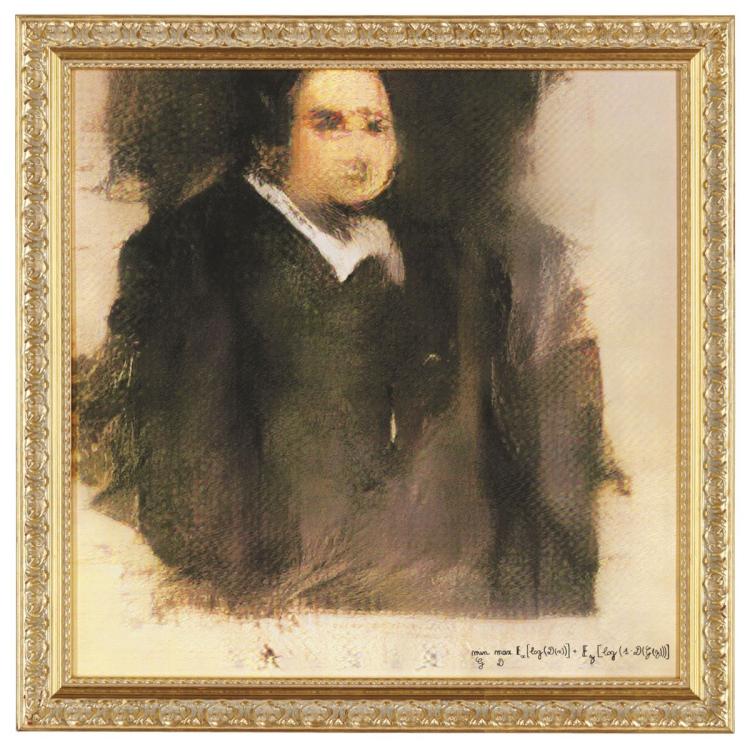Artificial Intelligence in Art

To create these works, artists run various existing works of a certain style through artificial intelligence programs, allowing the program to learn the aesthetics and characteristics common to them. The program then creates a new image based on the information it has learned. In the sense that the artist chooses what images to feed the program, and considering that the artist is still required to develop the code and algorithms to create the artwork, the finished piece is still very much the artwork of the artist, and is not merely an inhuman, computer-generated image.
What I find extremely interesting about AI-generated art is its ability to distill the aesthetic and personality of an existing art style into a single image. Though not created by a human, it is still somehow able to make a compelling statement on the existing works created by humans. Often times, these AI programs give their generated images glitches and strange errors that hint at the pieces’ inhuman origins. These glitches also pose an interesting new style to the art world as a whole, as they show what can be unintentionally created purely from machines, a human creation. I expect that as AI advances, we will be seeing many more examples of AI-generated content in all aspects of our lives.

